The concept of freezing time has long captivated human imagination, from ancient myths of suspended animation to modern sci-fi fantasies. Yet in a nondescript facility outside Phoenix, this fantasy has taken a startlingly literal form. Rows of gleaming stainless steel dewars stand sentinel over what their occupants call "the coldest waiting room on Earth" – each containing human bodies submerged in liquid nitrogen at -196°C, their cellular structures preserved against time's ravages like insects in amber.
These are the clients of CryoLife Solutions, a pioneer in cryonic suspension that has quietly refined its techniques since 1987. Unlike the flashy Silicon Valley startups promising digital immortality, CryoLife operates with the methodical precision of a Swiss watchmaker. Their newest "Time Capsule" protocol represents a radical departure from traditional cryopreservation, replacing the viscous cryoprotectant cocktails used since the 1960s with a proprietary rapid vitrification process. "Imagine the difference between freezing a strawberry and dehydrating it," explains Chief Science Officer Dr. Elena Voss. "We're not stopping biological time – we're reconceptualizing it."
The process begins at the precise legal moment of death. A standby medical team springs into action, cooling the body with ice slurry while administering heparin to prevent coagulation. What follows resembles an elaborate ballet of machinery and medicine: heart-lung machines maintain circulation as blood is replaced with organ preservation solution, then gradually with CryoLife's nanotechnology-enhanced vitrification mix. The final descent to liquid nitrogen temperatures happens over 72 hours in precisely calibrated stages, avoiding the crystalline damage that plagued early cryonics.
What sets the Time Capsule protocol apart lies in its approach to neural preservation. Using high-resolution diffusion tensor imaging, technicians map the brain's connectome before infusion with graphene-based neural scaffolds. These microscopic structures act as reinforcement bars in concrete, preventing the subtle warping that can occur during deep cooling. "We're not just preserving tissue," Voss emphasizes. "We're preserving the architecture of consciousness itself."
The business of eternity doesn't come cheap. A full-body Time Capsule preservation starts at $280,000, with neuro-only options at $120,000 – costs typically covered through specialized life insurance policies. Yet demand has surged 400% since 2020, particularly among tech executives and academics. CryoLife's underground storage facility now houses 187 patients in its nitrogen-filled vaults, with another 2,300 signed up for future services. The waiting list reads like a who's who of Silicon Valley, including several billionaire investors who've funded research into nanotechnology revival techniques.
Legal challenges persist. Most countries still classify cryonics as an "experimental funeral practice" rather than medical treatment. The recent case of a Canadian family suing to prevent their mother's preservation highlighted ongoing ethical debates. CryoLife circumvents these hurdles through airtight contracts specifying that preservation constitutes "an extended form of critical care," with patients legally classified as "permanently non-functional" rather than deceased.
Perhaps most fascinating are the personal artifacts being preserved alongside bodies. Following ancient Egyptian traditions, clients increasingly include "time capsule" items – letters to future descendants, cultural artifacts, even cryptocurrency wallets. One hedge fund manager had his vintage 1967 Ferrari 275 GTB/4 encased in a nitrogen-filled chamber adjacent to his own. "These aren't burials," notes CryoLife's archivist. "They're first-class tickets to the future."
The science remains unproven, of course. No mammal has ever been revived from such deep cryopreservation, though CryoLife points to successful vitrification and rewarming of rabbit kidneys at the University of Minnesota. Critics argue the very concept constitutes a modern-day pyramid scheme, selling false hope to the mortality-averse. Yet as biotechnology advances at exponential rates, the line between fantasy and possibility grows increasingly blurred.
In the facility's observation lounge, where family members can view their loved ones' dewars through thick glass, a digital display counts both the years passed and theoretical years remaining until potential revival. For Patient #001 – a UCLA physics professor preserved in 1992 – the counter reads 31 years elapsed, with estimates ranging from 50 to 300 years remaining. His stainless steel capsule bears a handwritten note from his granddaughter: "Grandpa, save me a seat in your spaceship to tomorrow."
As the afternoon sun glints off the nitrogen vent pipes, one can't help but wonder: In this cathedral of suspended potential, are we witnessing the birth of a new immortality, or simply the most elaborate mausoleum ever conceived? The answer, like the patients themselves, remains frozen in time.

By /Aug 8, 2025

By /Aug 8, 2025
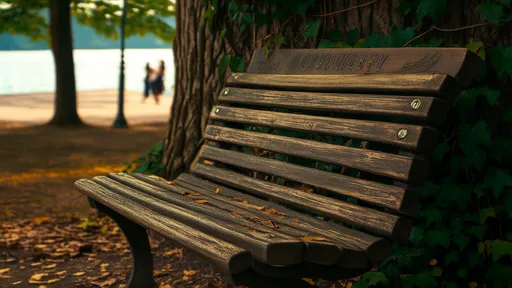
By /Aug 8, 2025

By /Aug 8, 2025
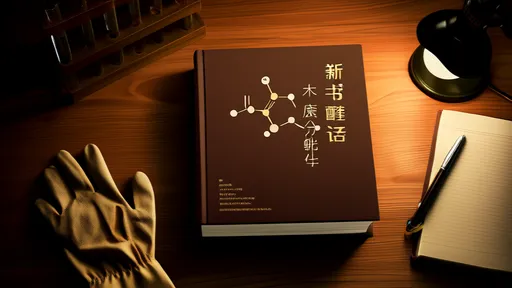
By /Aug 8, 2025
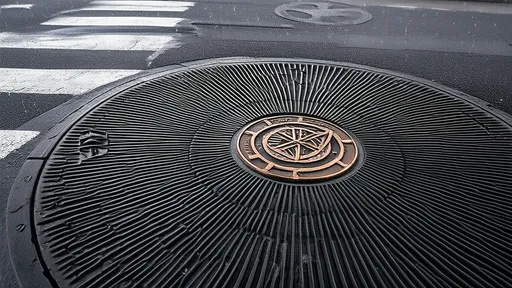
By /Aug 8, 2025

By /Aug 8, 2025

By /Aug 8, 2025

By /Aug 8, 2025

By /Aug 8, 2025

By /Aug 8, 2025
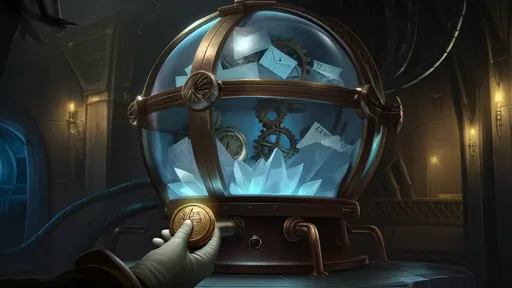
By /Aug 8, 2025

By /Aug 8, 2025

By /Aug 8, 2025

By /Aug 8, 2025

By /Aug 8, 2025
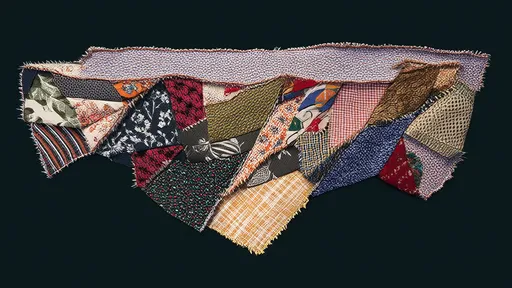
By /Aug 8, 2025

By /Aug 8, 2025

By /Aug 8, 2025
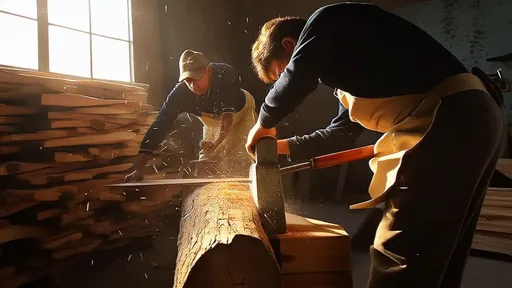
By /Aug 8, 2025